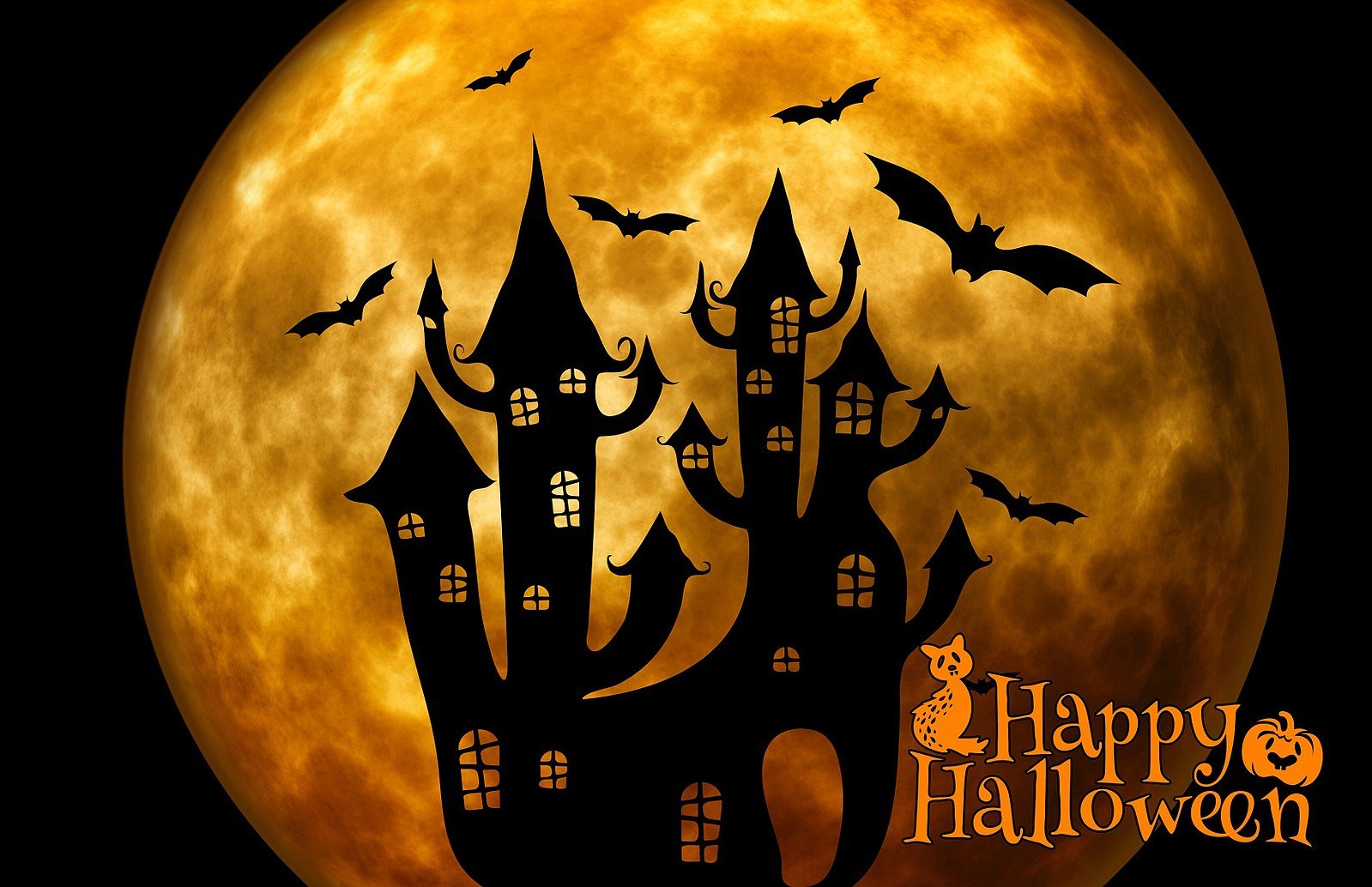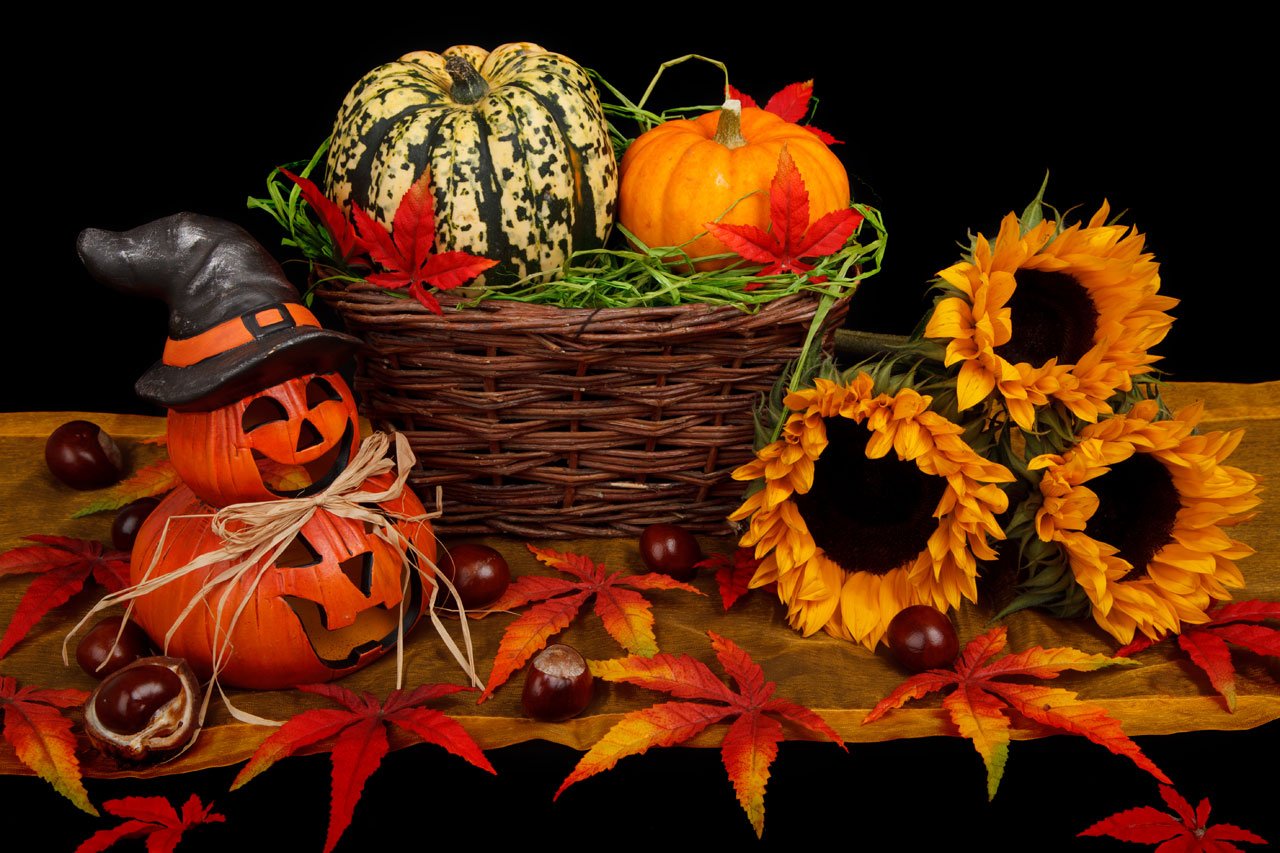
Few countries celebrate Halloween as enthusiastically as the United States (US). Children and adults spend months — and millions of dollars — looking for the perfect costume. Many families decorate homes and front yards with spooky skeletons and jack-o-lanterns. How did all these fun customs begin? Read on.
Trick-Or-Treating

Halloween's most cherished tradition — trick-or-treating — is credited to the Roman All Souls' Day holiday. On this day, poor people would visit the wealthy and offer a prayer for their dead. They would receive a spiced treat called "soul cake" in return. The tradition changed in Ireland and Scotland when kids in costumes began getting treats for singing or performing a skit. Immigrants from the two countries brought the fun custom to the US in the early 19th century. The rest, as they say, is history!
Why Candy?
Most people hand out candy during Halloween. But in the mid-20th century, kids also received fruits, nuts, coins, and even small toys. In the 1950s, candy companies introduced small individually-wrapped chocolates during Halloween. While that helped increase sales, candy really took off in the 1970s after parents became fearful of their children accepting unwrapped treats.

Today, over 600 million pounds of candy are sold in the US on Halloween! That is an average of 24 pounds per American. In 2022, US consumers will spend about $3.1 billion on the treats! While each state has its favorites, the nationwide winner is Reese's Cups. Skittles and M&M's round up the top three.
Jack-O-Lanterns

No Halloween is complete without a spooky or friendly pumpkin jack-o-lantern. The fun custom can be credited to the Irish. They initially used turnips or beets for their ghoulish creations. However, after coming to America, the immigrants switched to pumpkins. The readily-available fall fruits were much easier to carve.
Black and Orange Decor

Black and orange are the colors of choice during Halloween. The custom can be traced back to the 2000-year-old Celtic festival Samhain. Observed every November 1st in what is now modern-day Ireland, it marked the end of the harvest season and the start of winter. Orange represented the autumn harvest season, while black illustrated the "death" of summer.
Happy Halloween!
Resources: history.com, candystore.com, wikipedia.org
